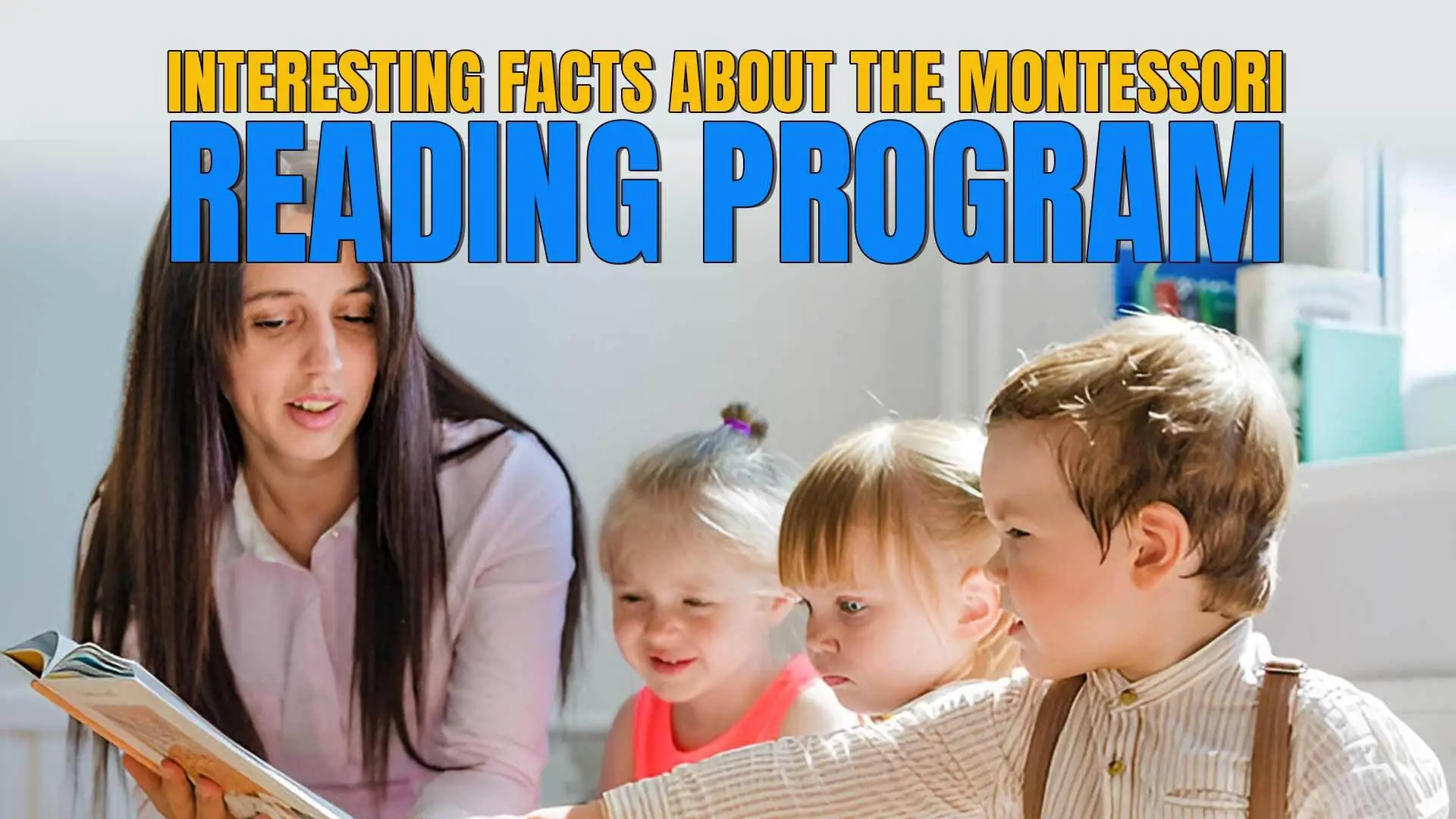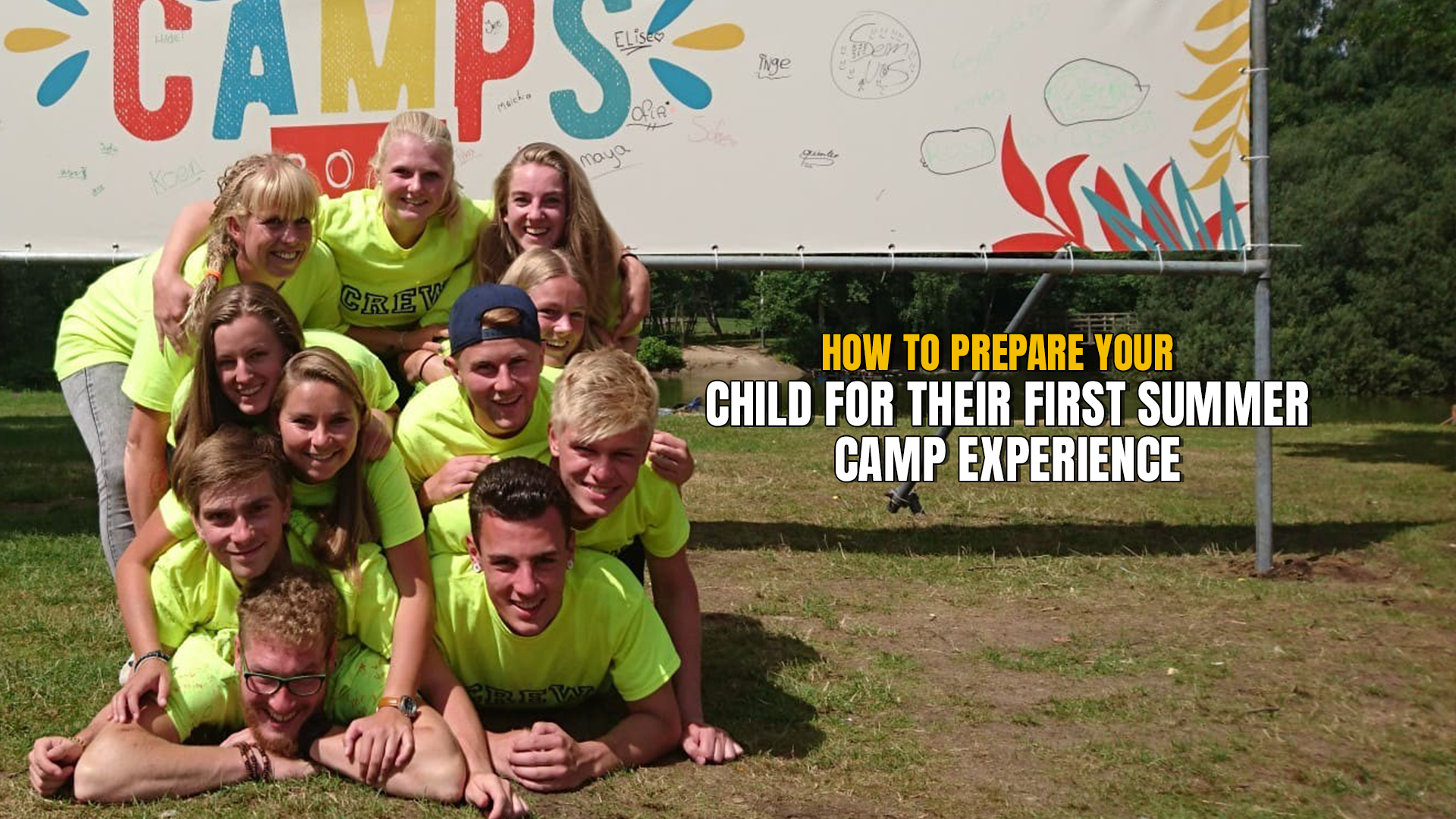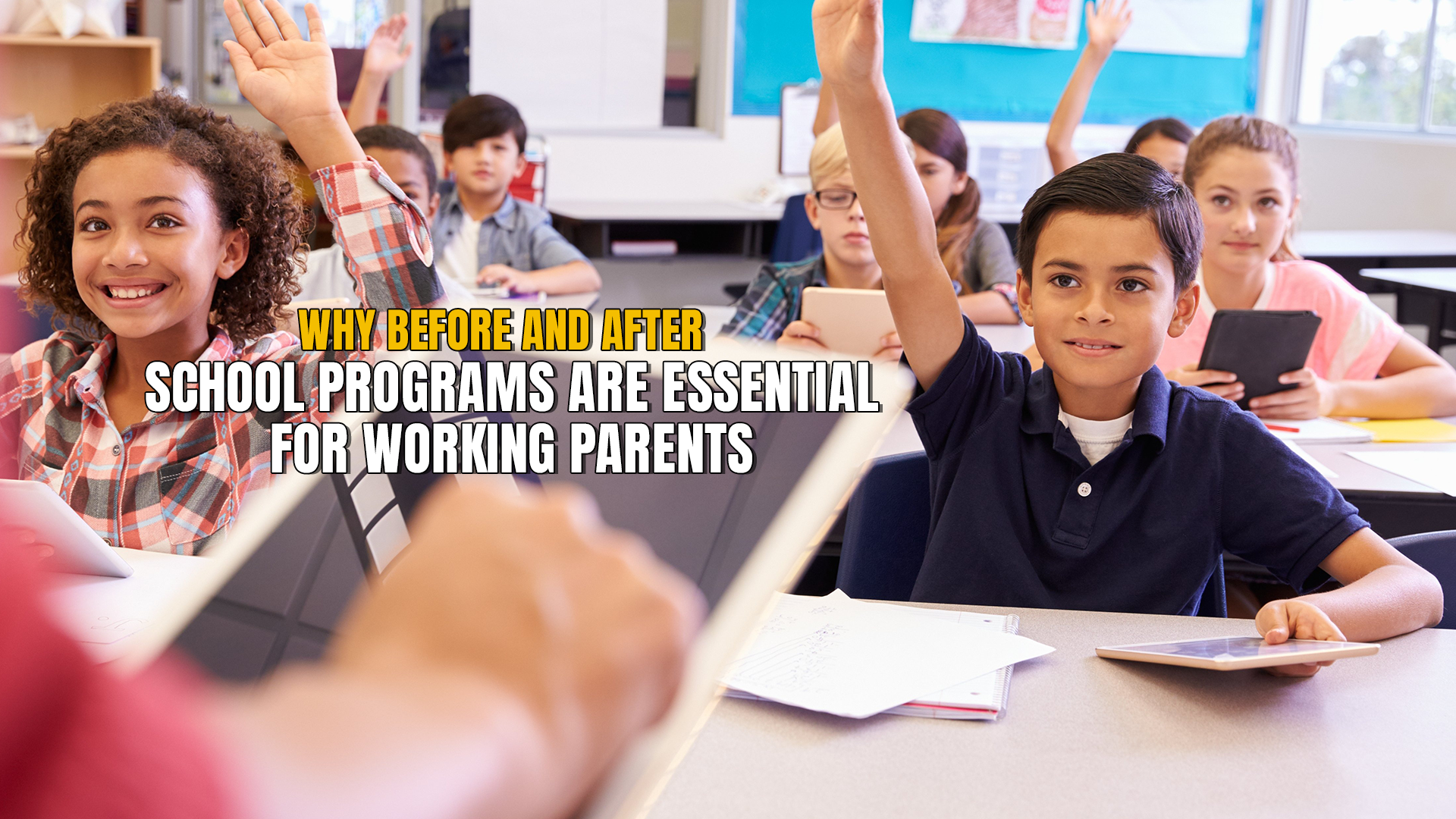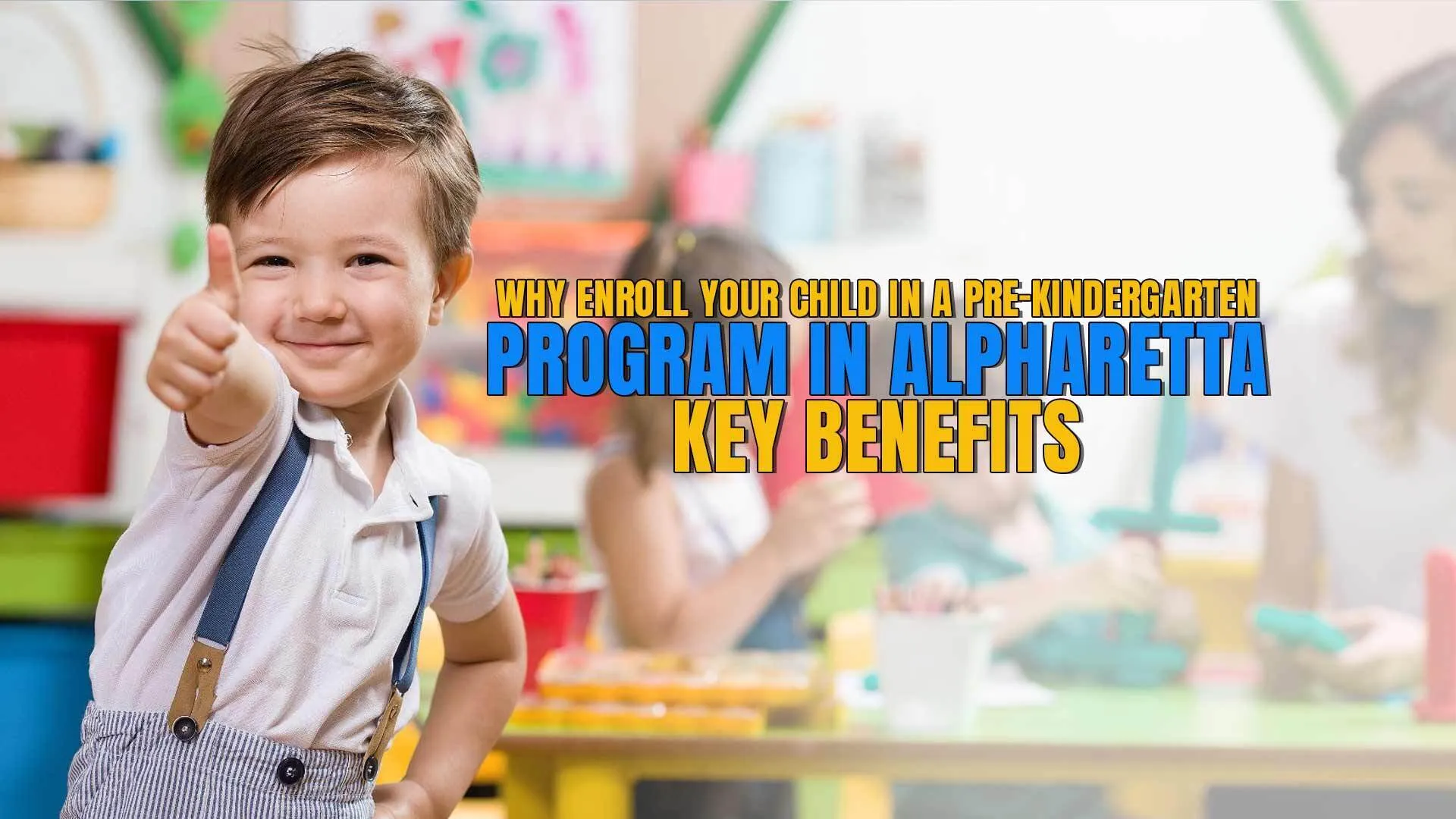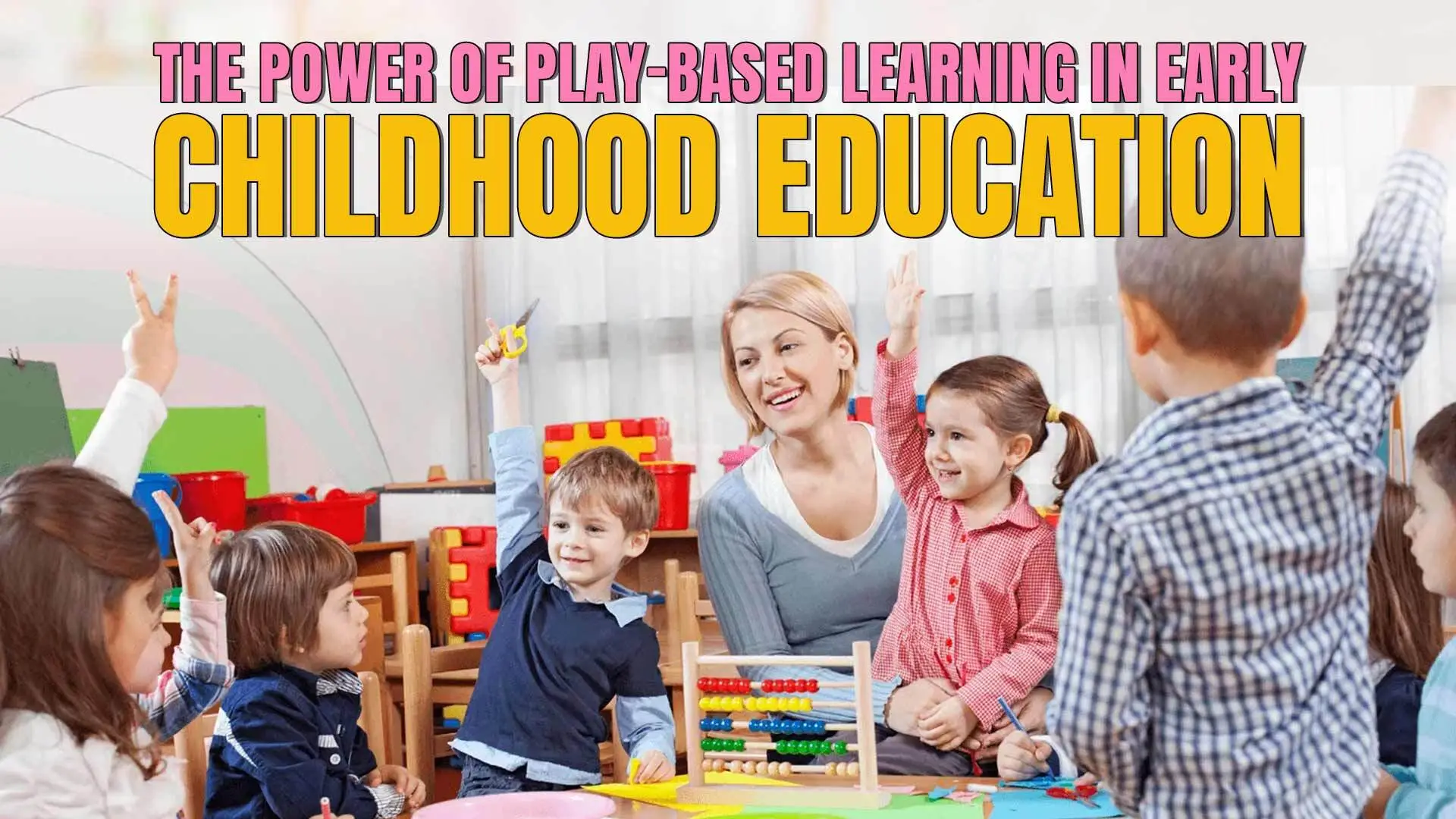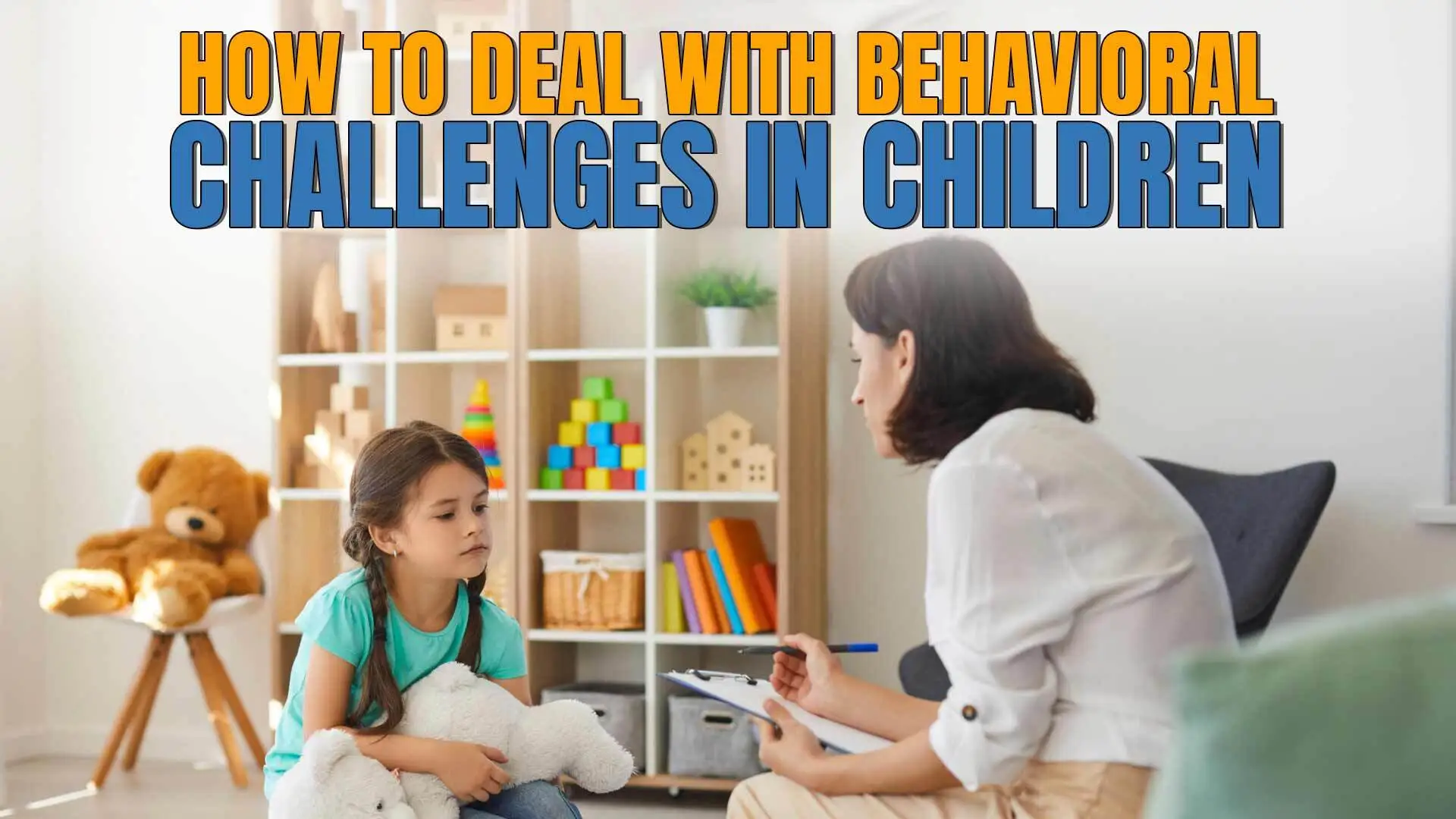Have you ever been curious about the hybrid Montessori program in Alpharetta, particularly the reading program? This program incorporates the kid’s natural urge to learn with the early development of reading skills incredibly.
The Montessori method of learning to read was developed by Dr. Maria Montessori. She used children’s curiosity to learn in the most fun and playful way. Let’s explore the 10 most interesting facts about the Montessori reading program.
Table of Contents
Toggle1. IT IS USED FOR HUNDREDS OF YEARS
Back in 1907, a smart lady named Dr. Maria Montessori opened a brand new kind of school called the “Casa de Bambini,” which means “Children’s House” in Italian. It was special because it focused on teaching each child in the Montessori child care programs in Alpharetta, GA differently, based on their individual strengths and what they excelled at.
2. INDIVIDUALIZED LEARNING
In a Montessori classroom, each kid is considered unique. Teachers focus on creating lesson plans that meet each kid’s developmental goals. It is because each kid has their own pace to start learning, reading, and grabbing concepts.
3. UNIQUE WAY TO START READING
Montessori schools have a unique way of teaching kids how to read. Instead of memorizing letters and sounds, they start by playing with puzzles that have sandpaper letters or tracing letters with their fingers. This hands-on approach makes learning fun and helps kids connect with reading naturally.
4. MULTI-SENSORY EXPLORATION
This program focuses on multi-sensory exploration. Kids are engaged in activities such as tracing sandpaper letters or feeling textured picture cards. It also includes hearing phonetic words as well. It makes sure that the kids use their senses and learn actively.
5. EMPHASIS ON PHONEMIC AWARENESS
In a Montessori school, learning to read isn’t just about memorizing letters. It’s about understanding the sounds that makeup words, kind of like building blocks for language! This skill is called “phonemic awareness”. It’s super important for becoming a good reader and a first step to learning the English language.
Montessori teachers make learning these sounds fun by using different games. For instance, a game where kids guess which picture starts with the same sound as “cat” – is it a “cup” or a “dog”? Or sing songs that focus on rhyming words, like “cat” and “hat.” These playful activities help kids hear the tiny sounds in words and put them together, making reading feel like a game and not a chore.
6. NATURAL PROGRESSION TO READING
The Montessori reading program takes things easy and slow. Once the kid develops a basic understanding of phonemic awareness, they start identifying alphabetical sounds. It is then more specified by introducing vowel sounds that is the words starting with vowel sounds (a, e, i, o, u). Slowly and gradually, as the kids climb each step, they start forming simple letter-sound associations to read complete sentences.
7. FOCUS ON COMPREHENSION
In the Montessori reading program, reading and writing go beyond just the perception of words. It’s about understanding the whole concept behind it. They teach reading by making kids “reading detectives” who can figure out what’s happening and why.
Let’s say they are reading a book about a lost puppy. A Montessori teacher might ask questions like “How do you think the puppy feels?” or “Where do you think the puppy might go?” This gets kids thinking about the story and making connections, not just reading the words on the page.
8. CULTURAL AND LINGUISTIC DIVERSITY
Montessori classrooms do not have a unified approach towards culture in their classrooms. Montessori schools have kids from diverse cultural backgrounds, ethnicities, and age groups. It makes the classroom a little multicultural community where kids lots of new concepts from each other.
This way, kids get exposed to different cultures and languages right from the start. It’s like taking a trip around the world without leaving the classroom. This helps them learn about different ways of life and appreciate that everyone has something special to offer.
9. INTRINSIC MOTIVATION
The curriculum for the Montessori reading program is designed in such a way that develops curiosity to learn in kids. Starting from the exposure to activities such as moveable alphabets for sensory identification, the curriculum gradually moves towards phonemes. And then we have a set of activities for further stages. Hence, kids get intrinsically motivated to read and learn.
10. PREPARATION FOR A LIFE-LONG LEARNING
Montessori reading program builds a strong foundation in reading skills and sets kids up for success not just in school, but way beyond.
They don’t just learn their ABCs and how to sound out words. They can understand stories, ask questions, and even share their thoughts with others. This makes them confident learners who aren’t afraid to explore new ideas and concepts. So it created a love of learning in them which keeps them motivated to learn more and more in the future.
KEY TAKEAWAYS
The Montessori reading program at Creative Labs Center is the first step for your little one to explore the vast learning opportunities ahead.
Montessori education proves to be highly beneficial and playful for kids to build strong learning foundations for them.
If you want your child to develop better literacy and reading skills, enrolling them in a Montessori program near Alpharetta, GA, is the best decision you can make!

